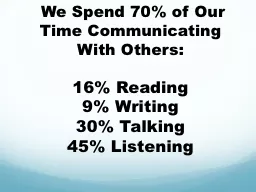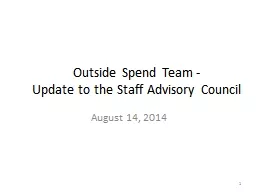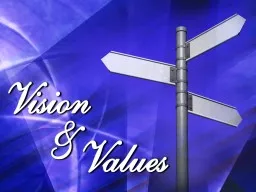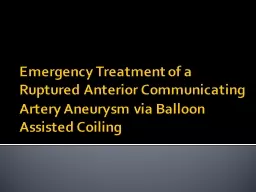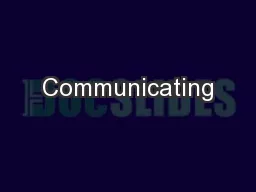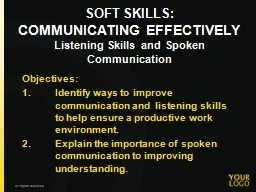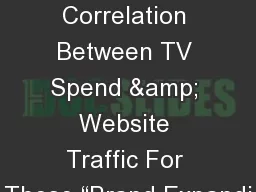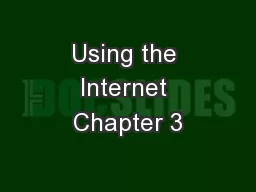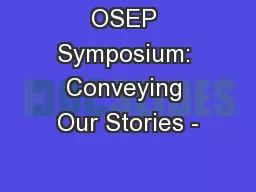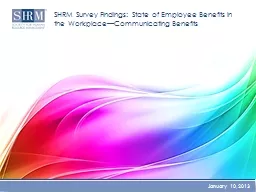PPT-We Spend 70% of Our Time Communicating With Others:
Author : conchita-marotz | Published Date : 2018-03-09
16 Reading 9 Writing 30 Talking 45 Listening Good Communicators Establish Rapport Establish Trust Determine Outcome Never Mind Read Gather Information Listen Seek
Presentation Embed Code
Download Presentation
Download Presentation The PPT/PDF document "We Spend 70% of Our Time Communicating W..." is the property of its rightful owner. Permission is granted to download and print the materials on this website for personal, non-commercial use only, and to display it on your personal computer provided you do not modify the materials and that you retain all copyright notices contained in the materials. By downloading content from our website, you accept the terms of this agreement.
We Spend 70% of Our Time Communicating With Others:: Transcript
Download Rules Of Document
"We Spend 70% of Our Time Communicating With Others:"The content belongs to its owner. You may download and print it for personal use, without modification, and keep all copyright notices. By downloading, you agree to these terms.
Related Documents

